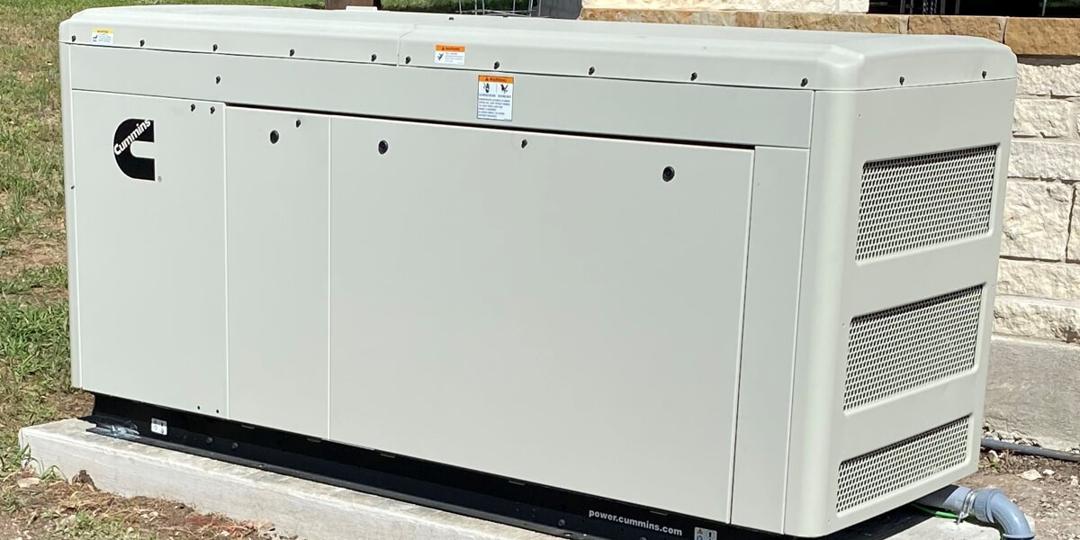September is National Preparedness Month, failing to take the proper safety steps before a natural disaster arrives, such as a hurricane, can be dangerous or even fatal. Learn how to prepare and manage your electricity during a hurricane to protect your home and family.
Before the Storm
In a recent blog, we discussed surge protectors and how they help to safeguard electronics during power strikes. There is no better time to decide to get one than during hurricane season. Lightning strikes during severe weather can mean that you are without your most needed appliances at a critical time.
Another critical item needed during hurricane season is the generator. During a hurricane, you likely won’t have access to your usual power supply, but with a generator, you can continue to power small appliances like personal medical equipment or charge items such as flashlights and communication devices that will keep you connected to emergency services.
The right generator stores or creates enough energy to power a completed for multiple days. Many run on diesel or similar types of fuel and therefore need an appropriate location for the exhaust to escape in order to operate in a safe manner.
Which Generator is Best for You?
Most people are not aware that there are different types of generators. For example, there are portable generators, which are used to keep a few appliances running such as your refrigerator or an electric stove. Depending on the wattage, portable generators can cost between $300 to $1,200.
A standby generator is used to keep your whole house functioning. They run off of a gas connection or a propane tank and turn on automatically when the power goes out. These types of generators typically cost anywhere from $5,000 to$10,000.
When choosing the right size, you need to keep in mind what you are preparing to power when there is a blackout. Generators are based on electrical capacity Not physical size. This means you should add up all the appliances you want to power simultaneously. Also, consider items in your home that require the most electricity for precautionary measures.
During the Storm
Your generator should only be used to power essentials. Remember to never use a portable generator inside, including your garage, or within ten feet of the home due to carbon monoxide production. If you are at risk for flooding, unplug all electronics, appliances, and any cords from outlets. Never enter a flooded area in your home where water could be in contact with outlets, as water conducts electricity.
After the Storm
Depending on the severity of the storm, it may take a while to regain electricity. Keep a single lamp or radio plugged into an outlet in a safe area of your home as an indicator of when your electricity is back and to stay aware of weather warnings.
If there is flooding in your home, do not turn on the power until after a professional has conducted a thorough inspection and deemed it safe. If you see a downed power line, report it to the authorities immediately. Do not attempt to move or approach a downed power line.
From generators to surge protectors, preparing your home to be ready to handle national disasters isn’t something you have to do alone. Call MisterSparky® of San Antonio at (210) 899-2430 for hurricane preparedness advice or assistance.















